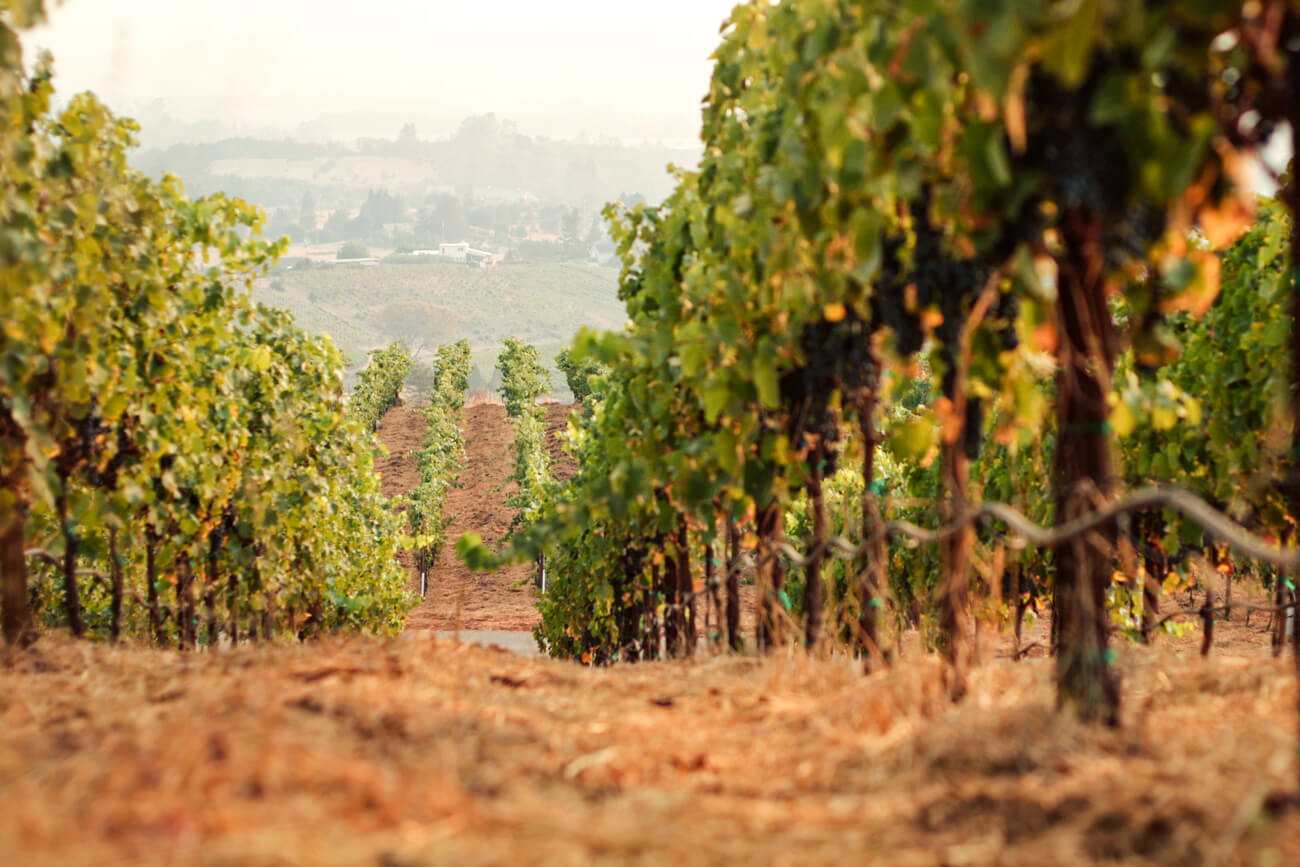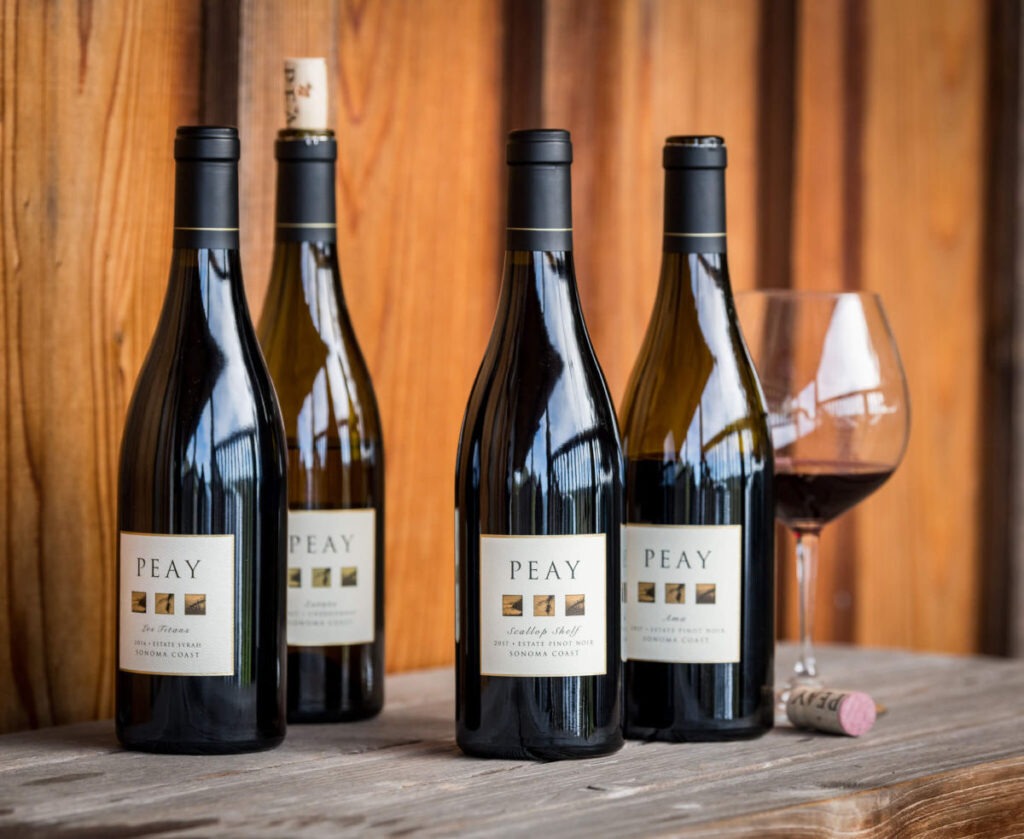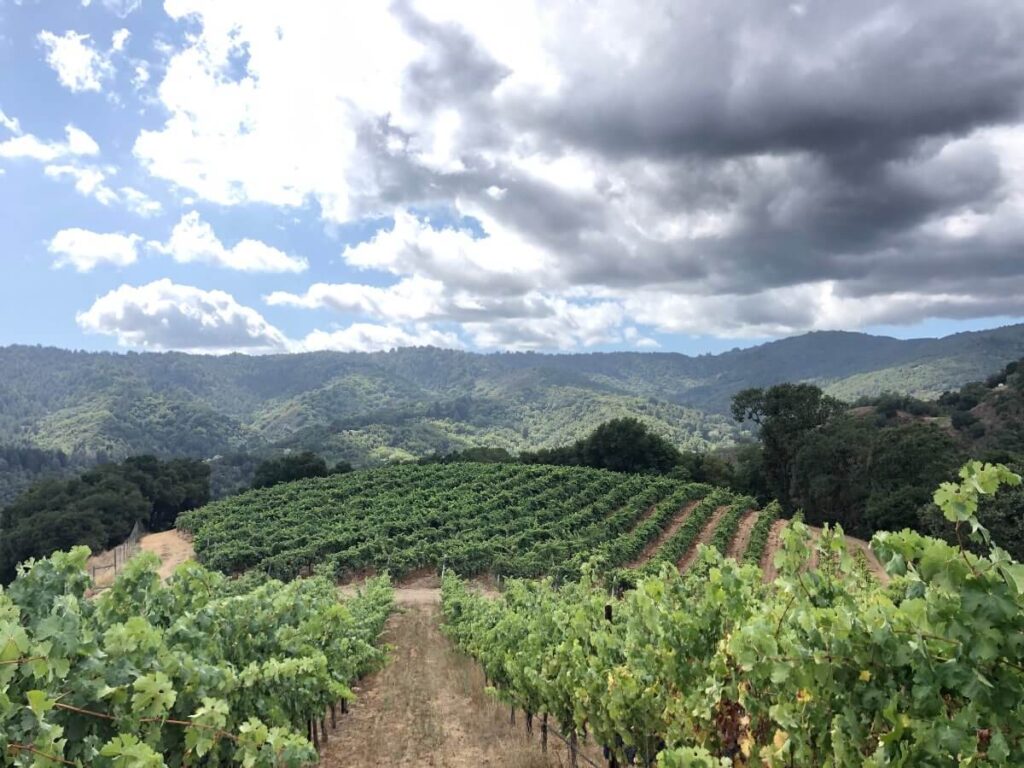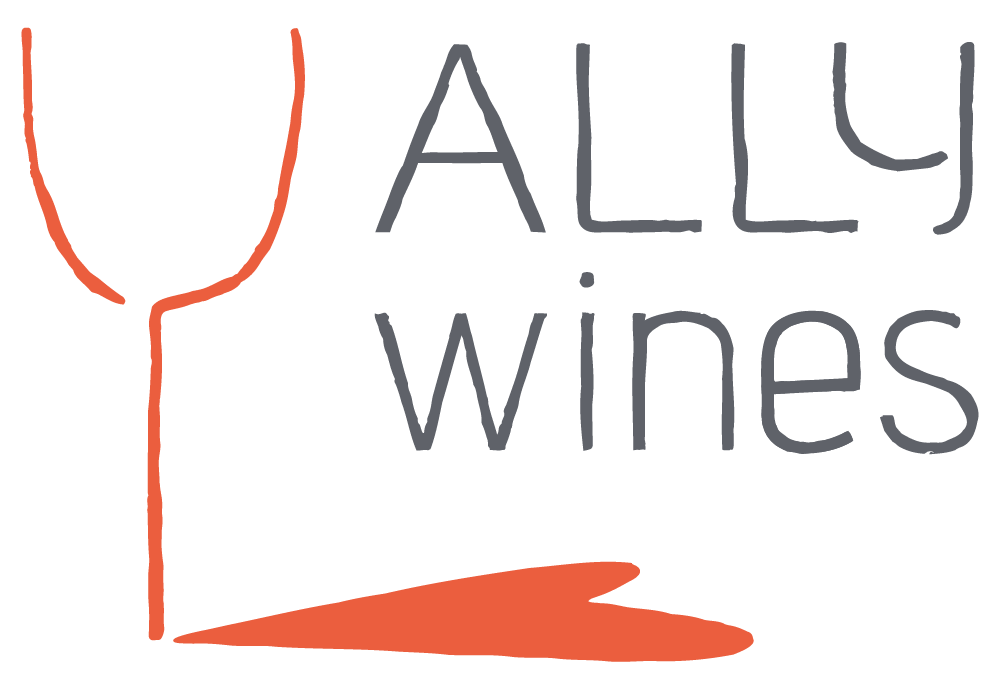
Wine vintage is the year in which the grapes were harvested. Therefore, a vintage of wine is made from grapes that were all or mostly harvested in the same year.
The quality and taste of a wine can be greatly affected by its vintage. This is a result of the weather conditions experienced throughout the year of an area’s growing season. Some wine producers only denote the vintage of a wine on the bottle if it was a particularly good year.
Vintage wine can be defined as one of particularly great age or the quality of the growing season. The weather is a huge factor in the quality and taste of a wine but different regions will have different definitions of what is considered an ideal year in terms of weather.
If the growing season in the vintage year was rainy and cloudy, grapes may not ripen fully and may be rotten and diseased. But if it’s too hot, grapes might ripen too fast or shrivel up. Equally, different grape varieties grow better in different climates; Riesling likes sunshine with cool nights whilst Cabernet Sauvignon likes hot, dry and sunny weather.
So, a wine does not have to be of a particular age to be of a good vintage, but the weather in that particular year must have been agreeable for the grapes to ripen to their full potential.
As noted above, a vintage bottle of wine is made from grapes harvested in the same year. However, different countries allow for different percentages of wine to come from a year not denoted on the label.
For example, in Australia, New Zealand and the European Union, 15% can come from a different year, whilst in Chile and South Africa, 25% can come from a different year. American wines that come from designated areas called American Viticultural Areas or AVAs must have 95% of the wine from the vintage year. If not designated up to 15% can come from other vintages.

As we have discussed, the ideal weather conditions for the region and grape type during the year of growing, makes wine a good vintage and wines of a superior vintage can often command better prices.
Wine vintage plays a key role in areas where the climate is very changeable from one year to the next. One year may see a very favourable growing season and produce riper grapes and better-quality wine and the next could be a poor season resulting in wines that are higher in acid and lower in sugar. Equally the suitability of the weather may fluctuate throughout an individual growing season. Semi-continental climates may experience spring frosts and hailstorms, destroying crops and breaking off buds before they flower.
Extremes during the summer can reduce grape quality; rain can cause fungal diseases whilst drought can cause vines to stop growing completely. Finally, rain in autumn (harvest time) can slow ripening. In more predictable climates – typically New World – such as in California or Australia, wine vintage can be more consistent. However even here there are years that provide such favourable conditions that the vintage is likely to be exceptional.
To fully appreciate how a well made and cared for wine ages and expresses itself, one should taste wines with age.
At ALLY we feel strongly about sharing wines with some age to show the true quality and evolution of the wines in the bottle. We all drink wines too young, so we never really know how they will evolve and show their best over time. Explore our wines with some age and really learn what “vintage” means.
Yes, wine does expire. And there are four main signs to look out for:
An unopened bottle of wine will last longer than an opened bottle of wine. An opened bottle will encounter oxygen, heat, light and bacteria, which can cause chemical reactions and change the quality of the wine, and in the case of oxygen, change it to vinegar.
The last few wine vintages, generally across the world, have been plagued by low yields or natural disaster. However the 2018 and 2019 vintages were exceptional, albeit small. Both were very different in terms of their ability to age and approachability with the 2018s showing very well now but with a great ability to age. 2020 was plagued by fire and drought whilst 2021 while good had very low yields.
2022 in California has been one of those years that has provided such favourable weather conditions. A cold spring (in relation to the region) and a temperate summer has resulted in a vintage that will be exceptional and age very well indeed. In Europe, by comparison, 2022 has been a year of drought and soaring temperatures and the debate has been whether to pick very early or very late. In Bordeaux, 2022 is looking like a Cabernet Sauvignon year, but not a Merlot year, whilst in Central Italy, an early harvest and rescue irrigation are mitigating the challenges of higher temperatures.
In New Zealand, higher than average levels of rainfall is a frequently heard complaint in many regions, together with humidity. But several winemakers have cited 2022 as a good year; TW wines in Gisborne predict an excellent year for Chardonnay whilst Clearview Estate in Te Awanga think that 2022 will be remembered as a good red year and many declare that it all depends where producers were in the growing cycle when the rains hit and whether they were able to harvest in time.
However, wine producers are not at the mercy of the weather in quite such a way as they used to be and there are now many tools at their disposal to make up for poor weather. They can introduce specific strains of yeast to adjust aromatics or palate texture, use reverse osmosis to dampen elevated alcohol levels or inject additives to adjust colour.
Intervention in the wine production from weather related challenges to the vintage can be mitigated in advance in the vineyards with wind fans to offset mildew and cold and canopy management to address heat exposure. Burgundy has recently lit controlled fires to offset freezing temperatures.

It seems that after a poor 2021, 2022 will be a good year for champagne, producing less of it. This year has been a particularly sunny one in Champagne with the higher temperatures slowing down maturation and with some well-timed rain the grape yield is set to be the highest for 15 years. The 2022 grapes are in great condition and there has been very little disease this year. This has allowed producers to replenish reserves after a less than satisfactory 2021.
As yields for Champagne are pushing up pricing and availability, it is an excellent opportunity to explore the new sparkling wines on offer out of the US. The quality of American sparkling has been on the upswing and both sparkling made in the traditional Methode Champenoise method as well as Pétillant Naturel. The quality of the fruit and the expressions of place make for exciting wines at good relative prices to Champagne.
The opposite of a vintage wine is non-vintage, (N.V.) which is wine made from grapes harvested over two or more years. Non-vintage wines are often good value for money and consistent in quality and they tend to be mass-produced or branded wines.



The Oxford Union, Frewin Court, Oxford, OX1 3JB
